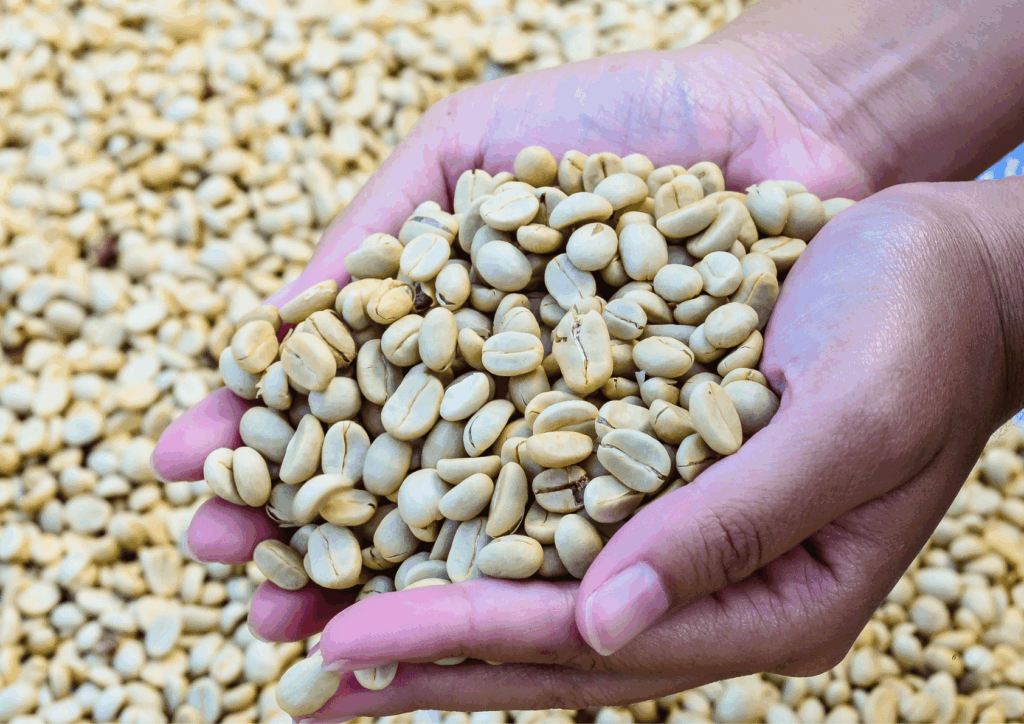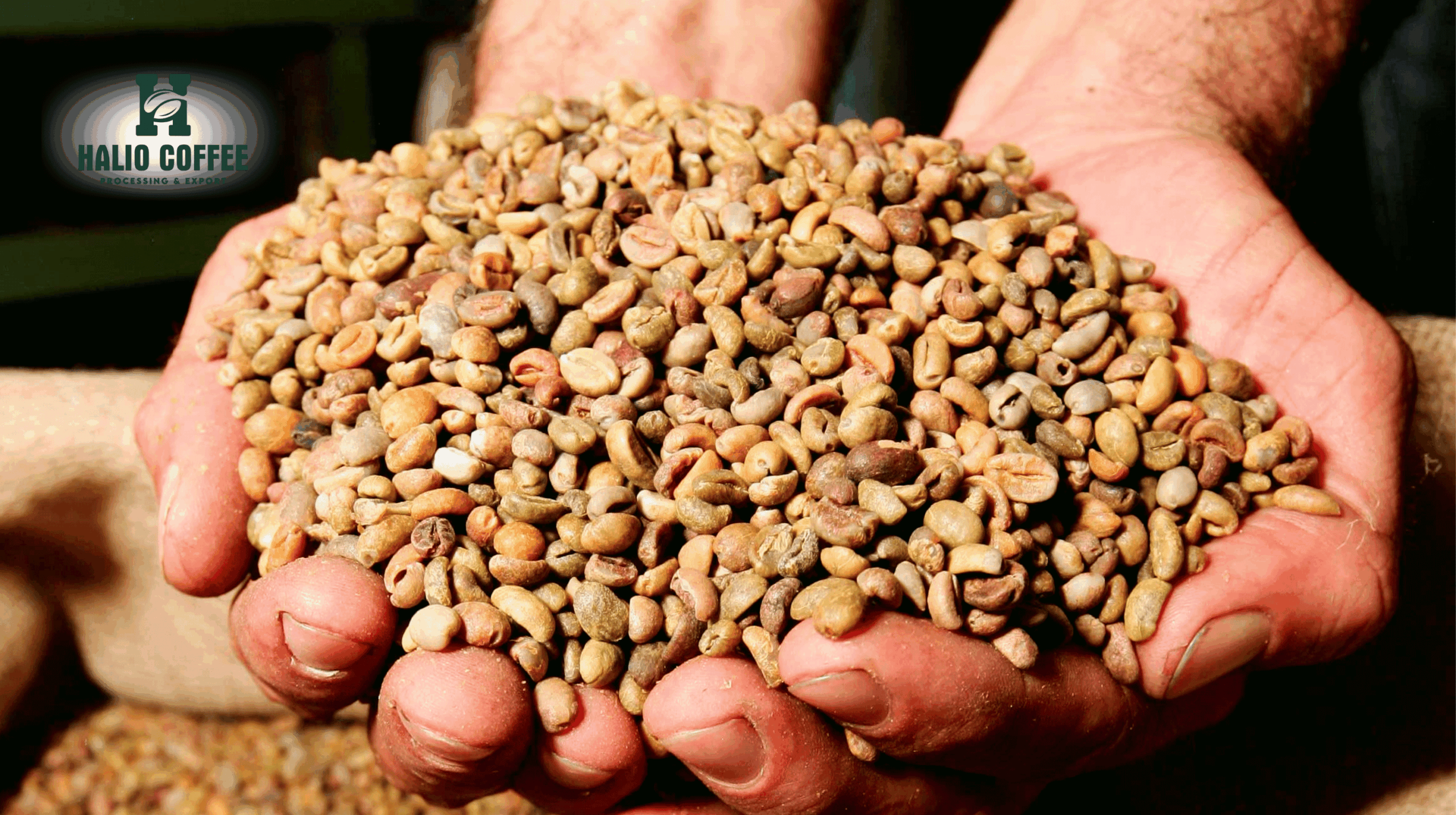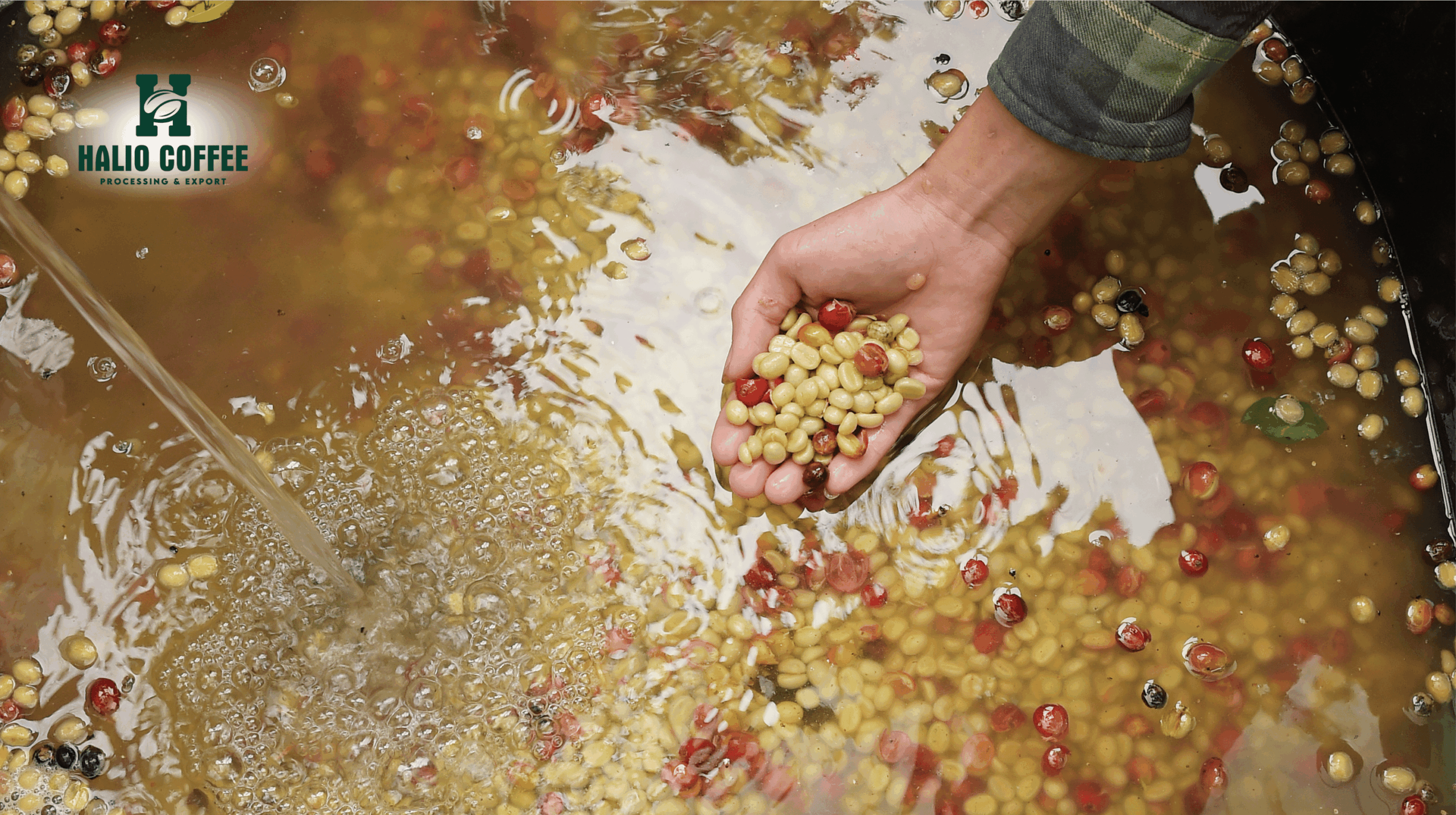Vietnamese Robusta B Grade Coffee: The Backbone of Global Coffee Supply
In the global coffee supply chain, Vietnamese Robusta B grade coffee plays a critical role for producers, distributors, and roasters. While specialty Arabica often dominates discussions in consumer-facing markets, the bulk of the world’s coffee demand relies on reliable, affordable, and consistent Robusta. Vietnam, as the largest producer of Robusta coffee worldwide, has built its reputation on supplying high-volume, steady-quality beans that meet the needs of mass roasters, instant coffee manufacturers, and commercial distributors.
For years, Vietnam has supplied Vietnam green coffee beans in bulk, primarily for use in instant coffee and espresso blends. However, within this broad category, grading becomes crucial for roasters and companies needing predictable results in large-scale production. Among these grades, B grade Robusta coffee from Vietnam stands out as the workhorse—striking a balance between affordability, reliability, and sufficient flavor characteristics.
This article explores the technical, economic, and market-specific dimensions of Vietnamese Robusta B grade coffee, providing companies in production, roasting, and distribution with a detailed understanding of its role in the global coffee ecosystem.
What is Vietnamese Robusta B Grade Coffee?
Defining Coffee Grades
Coffee grading is based on several factors, including:
- Screen size: The physical size of beans, with larger beans often commanding higher grades.
- Defect count: The number of visible imperfections, such as broken beans, insect damage, or discoloration.
- Moisture content: Typically between 11–12% for export-ready beans.
- Consistency: Ensuring that lots meet a uniform standard for industrial-scale roasting.
B grade Robusta typically refers to beans with moderate screen size (14–16) and a higher, though acceptable, defect allowance compared to A grade or specialty classifications.
Characteristics of B Grade Robusta
- Flavor profile: Bold, earthy, and bitter with chocolate undertones; less refined than higher grades.
- Body: Strong and heavy, ideal for blends that require strength and crema.
- Caffeine content: Around 2.2–2.7%, making it a preferred choice for high-energy blends.
- Target market: Instant coffee producers, mass-market espresso blends, and low-to-mid range consumer products.
The Role of Vietnam in Global Robusta Supply
A Leader in Robusta Production
Vietnam produces approximately 25–30 million 60-kg bags annually, accounting for over 40% of global Robusta output. This volume ensures that international buyers, from large instant coffee brands to regional roasters, rely heavily on Vietnam for their base-level supply.
Vietnam Green Coffee Beans as a Foundation
For decades, Vietnam green coffee beans have been exported in massive quantities, with little distinction between grades for many buyers. Today, however, the industry is evolving: exporters and buyers are focusing on specific grades, processing methods, and traceability to meet market needs. Within this shift, B grade Robusta remains essential, ensuring that companies can balance costs while maintaining consistent quality in large-scale operations.
Processing Methods for Vietnamese Robusta B Grade Coffee
Traditional Sun-Drying
Most B grade Robusta is processed via natural drying, where cherries are dried in the sun before being hulled. This method:
- Preserves the bold, earthy flavor associated with Robusta.
- Allows for large-scale, cost-effective production.
- Produces beans that are less clean than washed lots, but perfectly suitable for blends and instant coffee.
Mechanical Drying
During rainy seasons in Vietnam’s Central Highlands, mechanical drying is often used to ensure consistency. While this raises costs slightly, it prevents spoilage and helps maintain stable moisture levels.
Washed and Honey Variants
Although less common, some cooperatives have experimented with washed or honey-processed Robusta. While these lots are often classified in higher grades, the knowledge gained benefits even B grade production, as exporters can better manage fermentation and drying techniques.
Why Companies Choose Vietnamese Robusta B Grade Coffee
Cost Efficiency
In an industry where margins are tight, Vietnamese Robusta B grade coffee is valued for its competitive price point. It offers one of the lowest costs per pound of caffeine in the global market.
Consistency at Scale
For industrial roasters and instant coffee manufacturers, consistency is more important than nuanced flavor. Vietnam’s centralized supply chain, with well-established cooperatives and exporters, ensures uniform shipments of B grade beans.
Blending Utility
Robusta B grade is widely used in:
- Espresso blends: Adding body and crema.
- Instant coffee: Providing strength and caffeine efficiency.
- Mass-market roasted blends: Offering affordability for entry-level products.
Quality Control in B Grade Coffee
Export Standards
Exporters in Vietnam adhere to strict regulations regarding defect counts, moisture content, and packaging. Even Vietnamese Robusta B grade coffee must meet minimum export requirements to ensure suitability for roasting and distribution.
Role of Cooperatives
Farmer cooperatives in provinces like Dak Lak, Gia Lai, and Dak Nong handle large portions of B grade Robusta. They play a central role in quality control, from cherry collection to drying and storage.
Roasting Applications of B Grade Robusta
Industrial Roasting
B grade Robusta is particularly suited for large-batch roasting systems, where uniformity and predictability are essential.
Flavor Considerations
- Medium-dark roasts: Highlight chocolate and nutty tones.
- Dark roasts: Maximize bitterness, making the beans ideal for instant and espresso applications.
Blending Ratios
- Espresso blends: Often 20–40% Robusta B grade.
- Instant coffee: In many cases, 100% Robusta, with B grade forming the backbone.
Market Dynamics for Vietnamese Robusta B Grade Coffee
Demand in Europe
European roasters, particularly in Italy and Spain, rely heavily on B grade Robusta for espresso blends. Its ability to deliver crema and intensity at a lower cost is unmatched.
Asian Markets
Countries like India, South Korea, and China are increasing their imports of Vietnamese Robusta B grade coffee, driven by the growing popularity of instant and ready-to-drink (RTD) beverages.
U.S. Demand
Although the U.S. market is traditionally Arabica-focused, large roasters and instant coffee producers are sourcing more Robusta B grade due to cost pressures and consumer demand for strong, affordable coffee.
Economic and Supply Chain Considerations
Price Linkages
B grade pricing is tied to the London ICE Robusta futures market, with discounts applied relative to higher grades. This makes it a cost-effective option in times of Arabica price volatility.
Logistics and Export
Vietnam’s efficient logistics infrastructure ensures reliable shipping from Ho Chi Minh City and Hai Phong to key importing countries. Vacuum packaging, jute bags, and bulk containers are common methods used for B grade exports.
Currency and Tariffs
USD/VND fluctuations, along with tariffs in markets such as the U.S. and EU, impact final costs for importers. Many companies hedge risks through forward contracts and diversified sourcing.
Challenges in B Grade Coffee Production
Environmental Pressure
Climate change, soil degradation, and water scarcity threaten Robusta yields in Vietnam’s Central Highlands. These factors directly affect the supply of B grade beans, as farmers often prioritize volume over specialty quality.
Farmer Profitability
Because B grade fetches lower prices compared to A grade or specialty lots, farmer profitability can be a challenge. Cooperatives and exporters are working on training programs to improve yields and efficiency, ensuring farmers remain incentivized to produce.
Perception Issues
In some markets, Robusta—particularly B grade—still suffers from an image problem, seen as inferior to Arabica. Education and innovation in roasting are helping to shift this perception gradually.
The Future of Vietnamese Robusta B Grade Coffee
Expanding Role in Sustainability
Sustainability initiatives are increasingly targeting Vietnamese Robusta B grade coffee, as it represents the majority of exports. Improvements in irrigation, agroforestry, and soil health are essential for maintaining large-scale production.
Connection to Specialty Markets
While B grade is not typically considered specialty, its role in blends that support specialty products cannot be ignored. Many specialty roasters rely on affordable Robusta to balance their high-grade Arabica offerings.
Linking to Regional Identity
The next frontier for Vietnam’s coffee industry involves greater regional differentiation. For instance, Gia Lai Robusta green coffee is gaining recognition for its unique terroir and consistent quality, even within commodity grades. This represents a natural progression in the conversation from national supply toward regional branding.
- Robusta Natural Processed Coffee Beans: From Boldness to Nuance
- Deconstructing the Green Coffee Price: A Buyer’s Guide to Sourcing Costs
- Coffee Prices Today, October 21st: Arabica Continues Strong Rally on Colombia Tariff Concerns; Robusta Eases
- Coffee Prices Today, September 3: Sharp Decline for the Second Consecutive Day
- Specialty Coffee Beans: The Pinnacle of Quality and Opportunity in Vietnam’s Coffee Market







